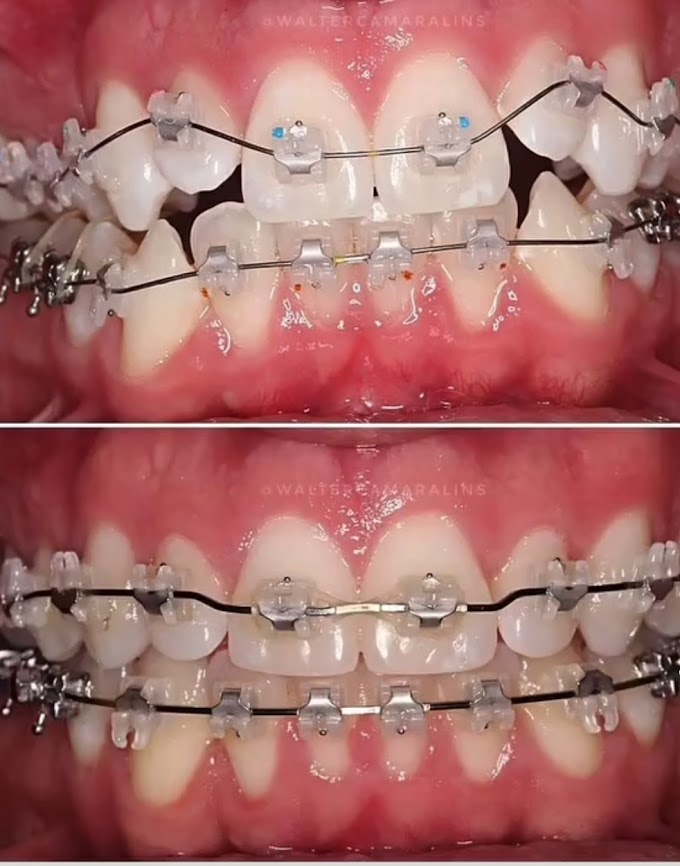Tooth Extraction: What to Expect During Recovery
Getting a tooth extracted can be scary, but knowing what happens next can make it easier. Whether it's your wisdom tooth or another tooth, understanding recovery is key. This guide will walk you through the healing process, giving you the info you need for a smooth recovery.
Key Takeaways
- Understand the different types of tooth extractions and common reasons for the procedure
- Learn about the preparation steps to take before your scheduled extraction
- Discover effective strategies for managing discomfort, pain, swelling, and bleeding during the recovery period
- Familiarize yourself with the typical healing timeline and what to expect in the days and weeks following the extraction
- Gain valuable insights to ensure a comfortable and uneventful recovery process
Understanding the Tooth Extraction Process
Tooth extraction is a common dental procedure. It involves removing a tooth from its socket in the jawbone. There are two main types: simple and surgical extractions. Knowing about these types and why they're needed helps patients prepare and understand recovery.
Types of Tooth Extractions
Simple extractions are the most common. They are for teeth that are easy to see and remove. Surgical extractions are for teeth that are harder to reach or need more work to remove.
Reasons for Tooth Extraction
A dentist might suggest tooth extraction for several reasons. Some common reasons include:
- Severe tooth decay that can't be fixed with a filling or crown
- Tooth crowding, where there's not enough room for all teeth
- Impacted wisdom teeth that cause pain and swelling
- Periodontal (gum) disease that can lead to tooth loss
- Preparation for orthodontic treatments like braces or Invisalign
Knowing why extractions are needed helps patients make informed choices about their oral health.
| Type of Tooth Extraction | Description |
|---|---|
| Simple Extraction | Performed on teeth that are visible in the mouth and can be easily grasped and removed. |
| Surgical Extraction | More complex procedure required for teeth that are impacted, severely decayed, or broken below the gumline. |
https://youtube.com/watch?v=FFTDW1ypD50
Tooth extraction, whether simple or surgical, is a common dental procedure. It's often needed to keep the mouth healthy. Understanding the types and reasons for extraction helps patients prepare and know what to expect during recovery.
Preparing for Your Tooth Extraction Procedure
Getting ready for a tooth extraction is crucial for a smooth process. Before your visit, follow some key steps to ease any discomfort or complications.
Tell your dentist about any health issues, allergies, or medicines you're on. This helps them plan your treatment safely.
- Adjust medication schedules: If you're on blood thinners, anti-anxiety drugs, or other meds, your dentist might tell you to change when you take them.
- Arrange for transportation: You'll need someone to drive you home after the procedure because of the anesthesia.
- Maintain good oral hygiene: Brushing and flossing well before your visit can lower infection risk and aid recovery.
Preparing well for your tooth extraction boosts your confidence and comfort. Always talk to your dentist openly about any questions or worries you have.
| Step | Description |
|---|---|
| Discuss medical conditions | Tell your dentist about any health issues, allergies, or medicines you're on for a safe procedure. |
| Adjust medication schedules | Work with your dentist to adjust your meds, like blood thinners or anti-anxiety drugs, for the extraction. |
| Arrange for transportation | Make sure you have a ride home after the procedure since you'll be under anesthesia. |
| Maintain good oral hygiene | Keep brushing and flossing regularly before your visit to cut down infection risk. |
Following these steps helps make your tooth extraction smooth and successful. This sets the stage for a comfortable recovery.
Common Symptoms and Healing Timeline
After your tooth extraction, you might feel some discomfort, swelling, and minor bleeding. These symptoms are normal and part of healing. With the right care, you can handle them well.
Discomfort and Pain Management
It's usual to feel some discomfort or mild pain after the procedure. Your dentist will suggest or recommend pain medication you can buy over-the-counter. Make sure to take the medicine as told, and don't do hard activities or exercises that make it worse. Using a cold compress on the area can also ease the pain and lessen swelling.
Swelling and Bleeding
Swelling and some bleeding are common after a tooth extraction. This is how your body heals the area. To reduce swelling, keep using cold compresses as your dentist says. If bleeding doesn't stop, you can bite on a clean gauze pad over the area gently. Always follow any extra advice from your dental team to heal faster.
FAQ
What are the different types of tooth extractions?
There are two main types of tooth extractions. Simple extractions remove visible teeth. Surgical extractions are for teeth that are impacted or not fully out.
Why might a dentist recommend tooth extraction?
Dentists might suggest removing a tooth for many reasons. This includes severe tooth decay, tooth crowding, and impacted wisdom teeth. They also do it for periodontal disease, to make room for orthodontics, or for dental prosthetics.
How should I prepare for my tooth extraction procedure?
Talk to your dentist about any medical conditions or medicines before your extraction. Make sure you have a ride home since you can't drive. Keeping your mouth clean before the procedure helps with recovery.
What kind of discomfort and pain can I expect after the extraction?
You might feel some pain and discomfort after the extraction. Your dentist might suggest pain meds. Using ice packs on the area can also help with swelling and pain.
How long should I expect the healing process to take?
Healing from a tooth extraction usually takes 7-10 days. It's key to follow your dentist's advice, keep your mouth clean, and avoid things that could mess with the healing.



